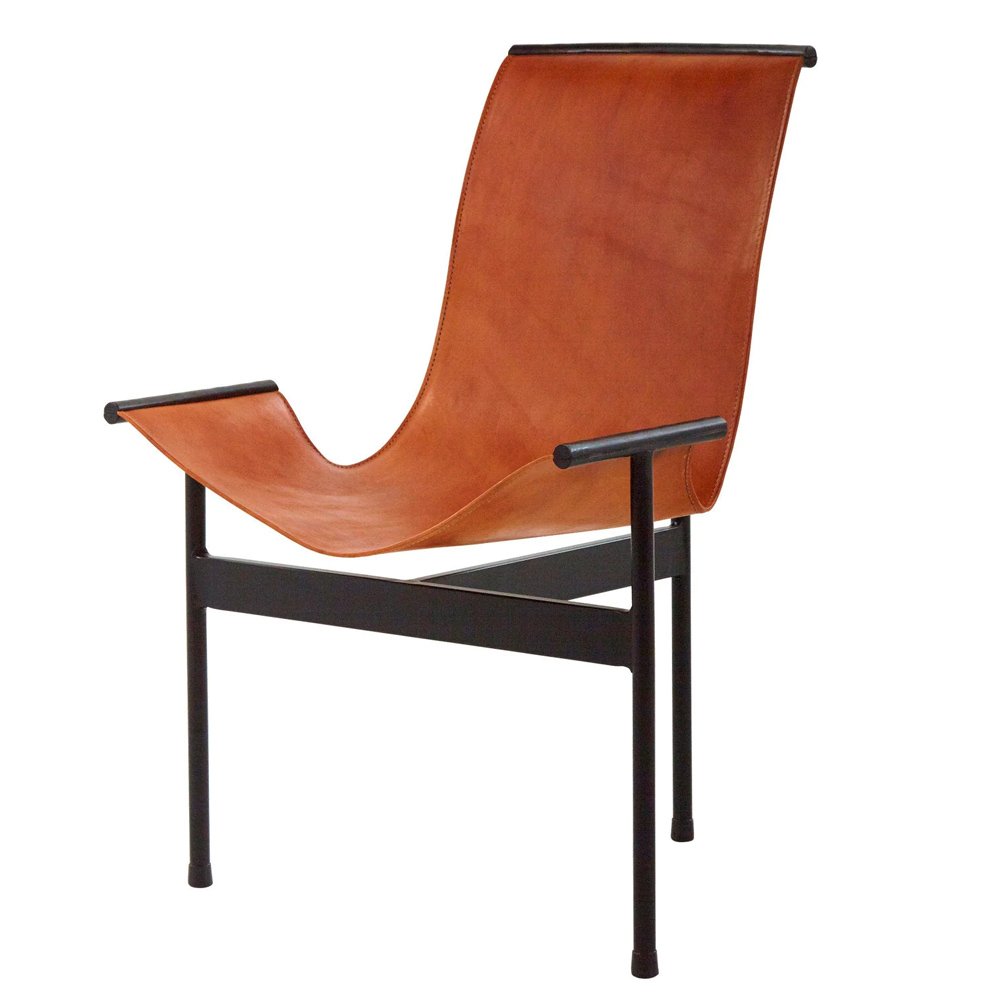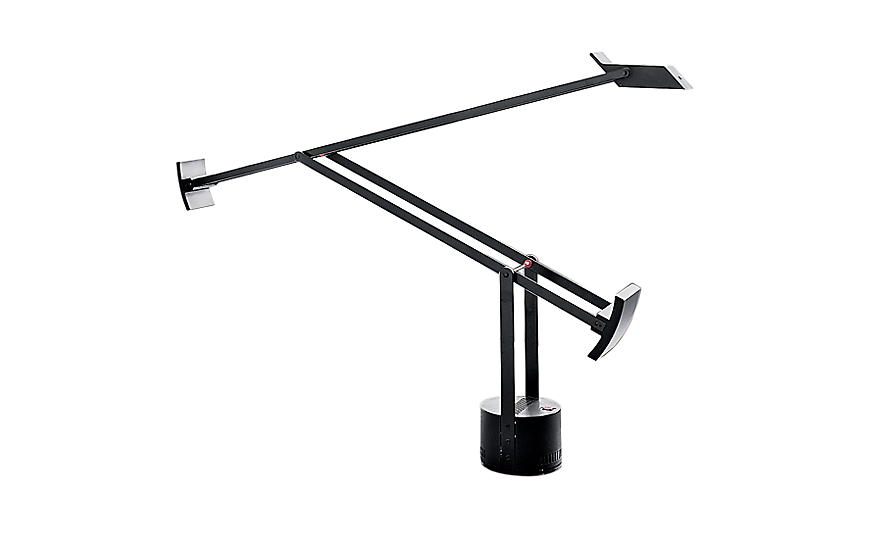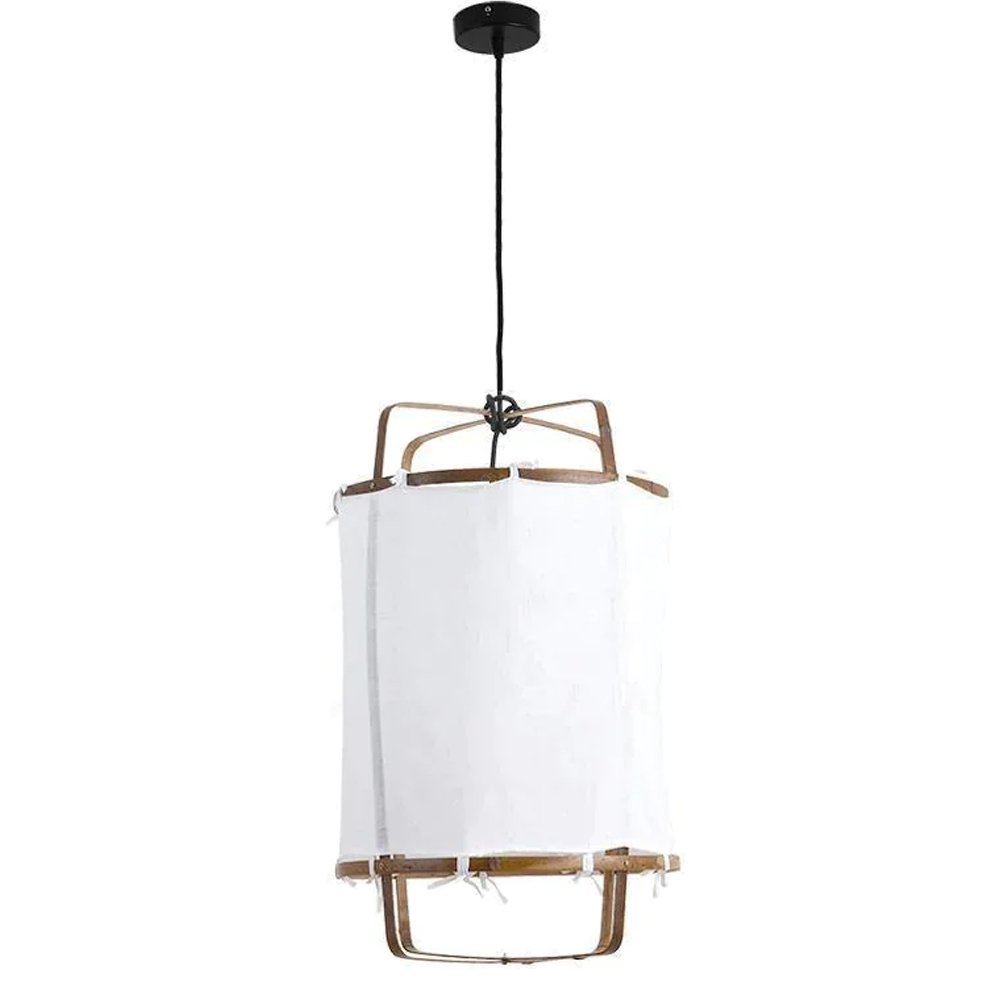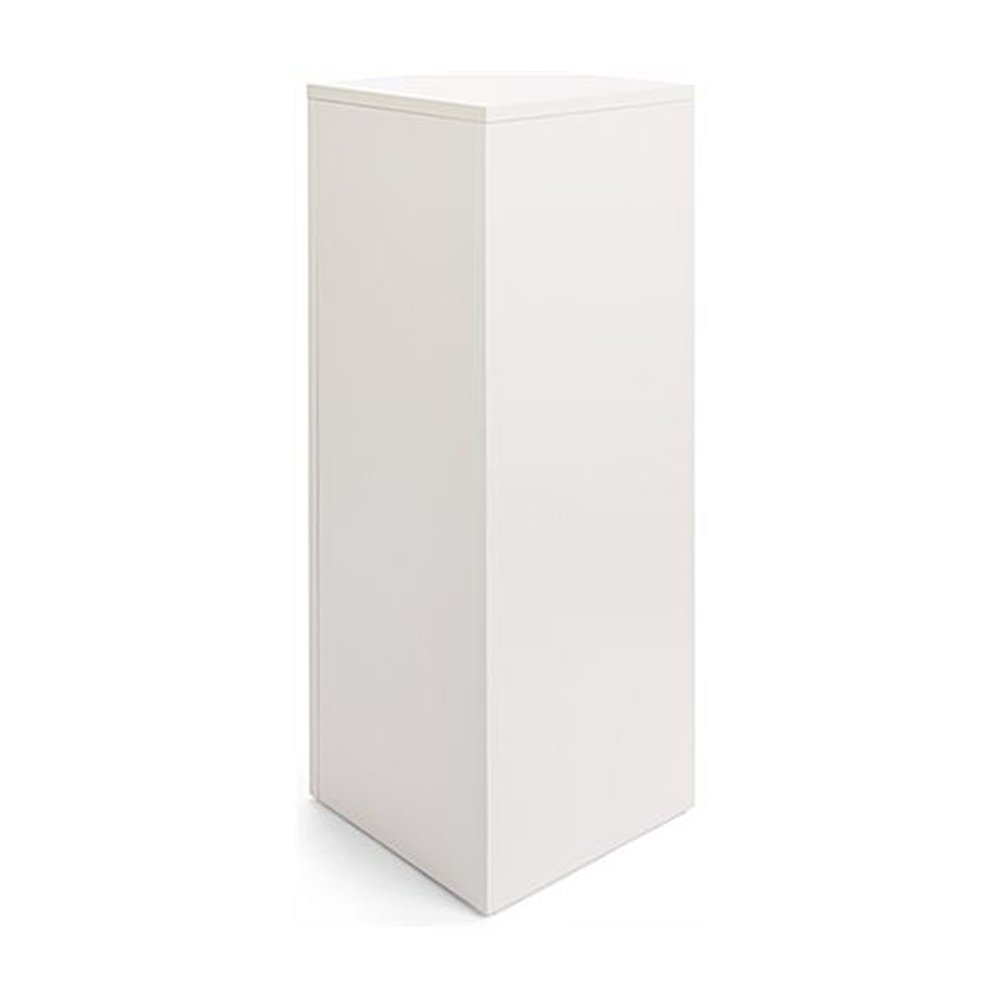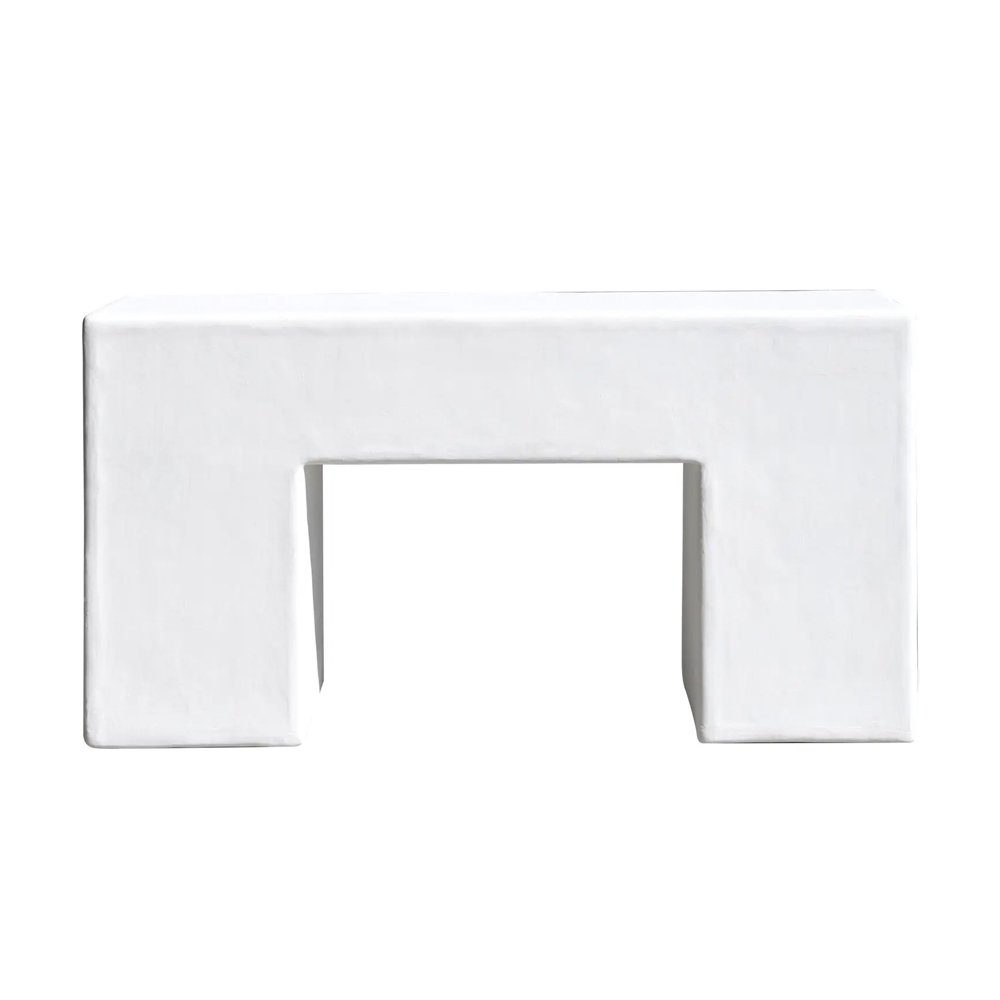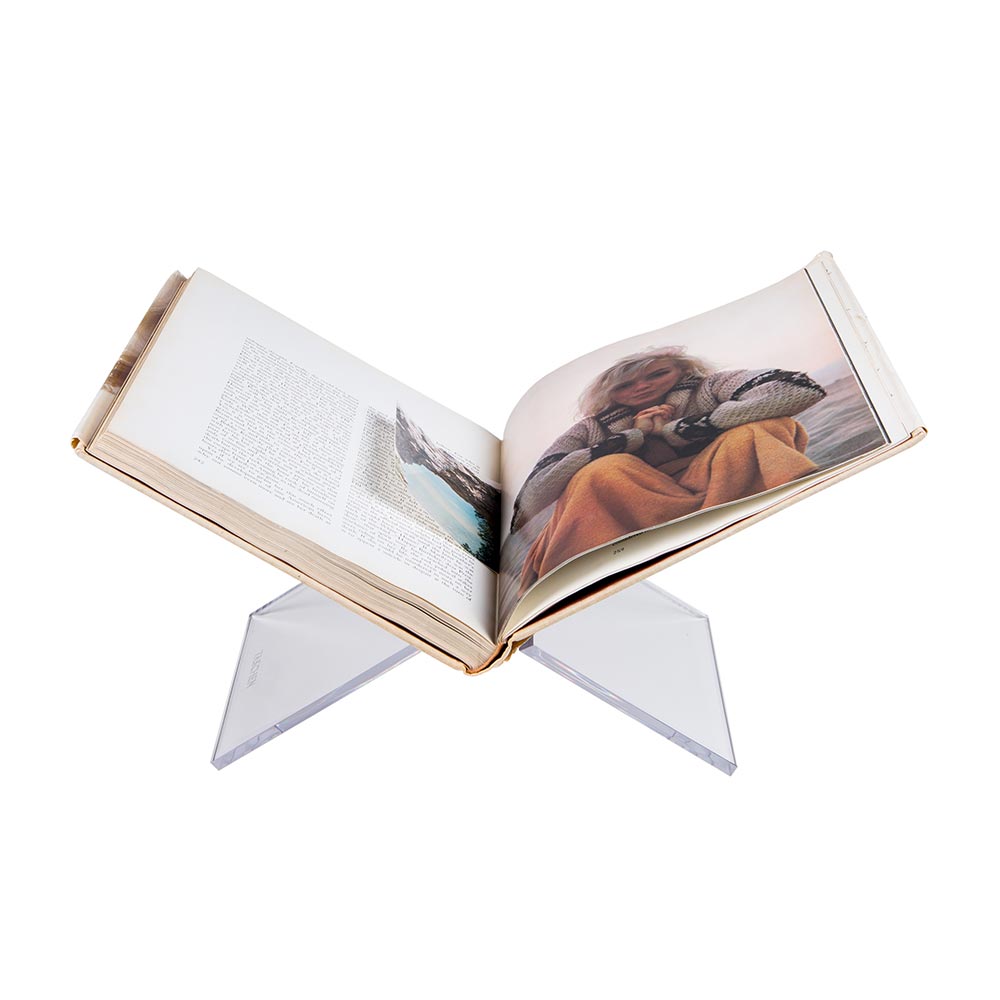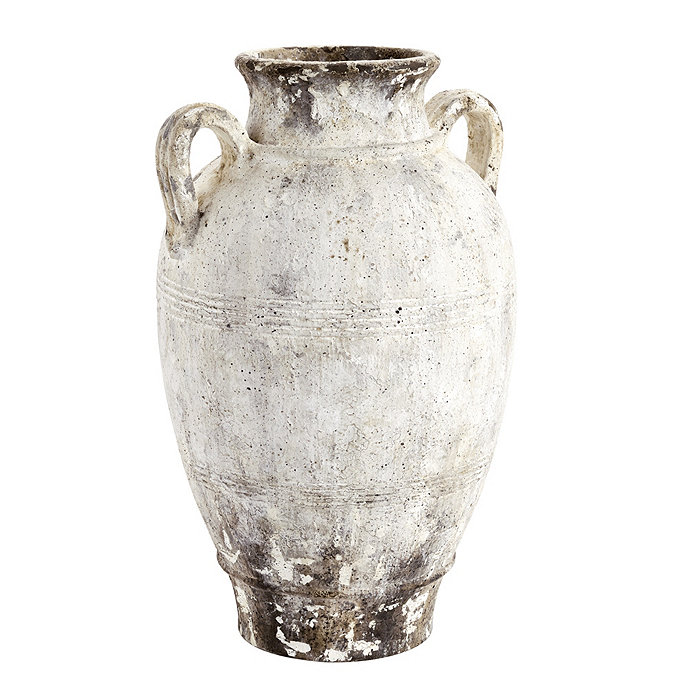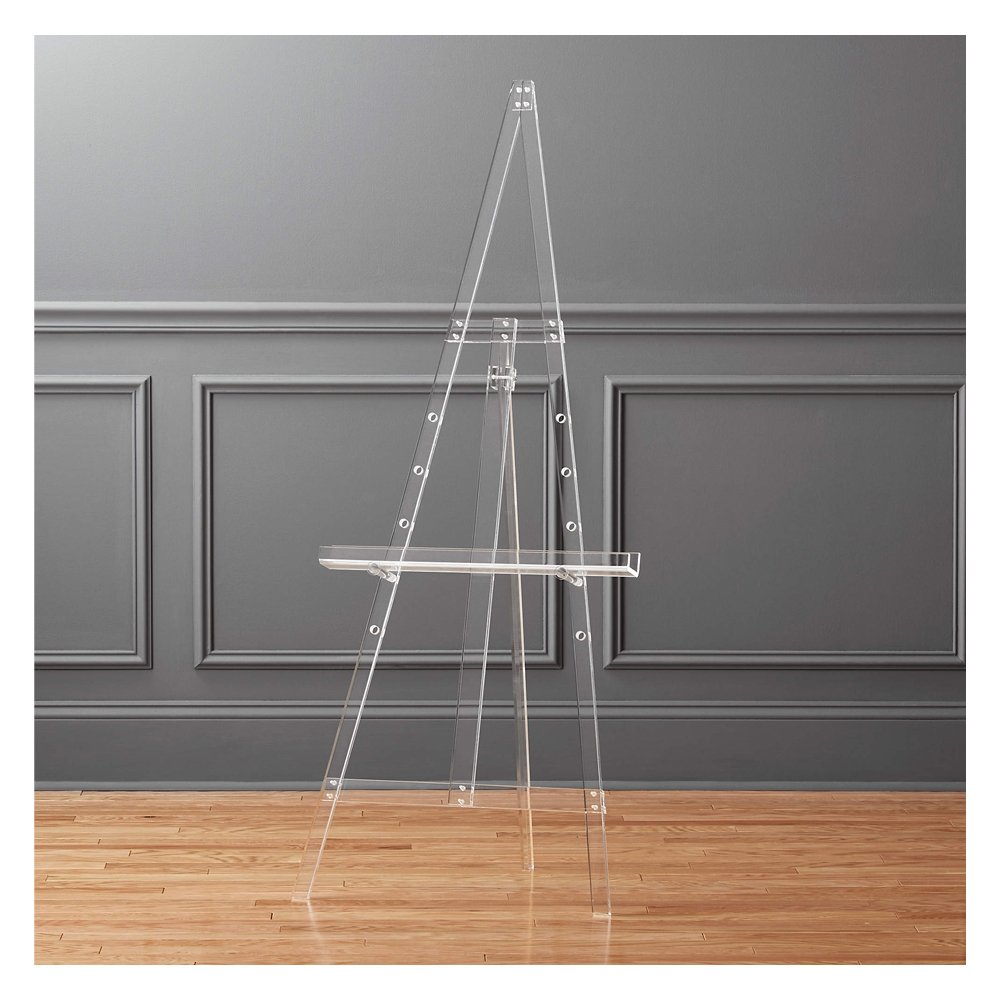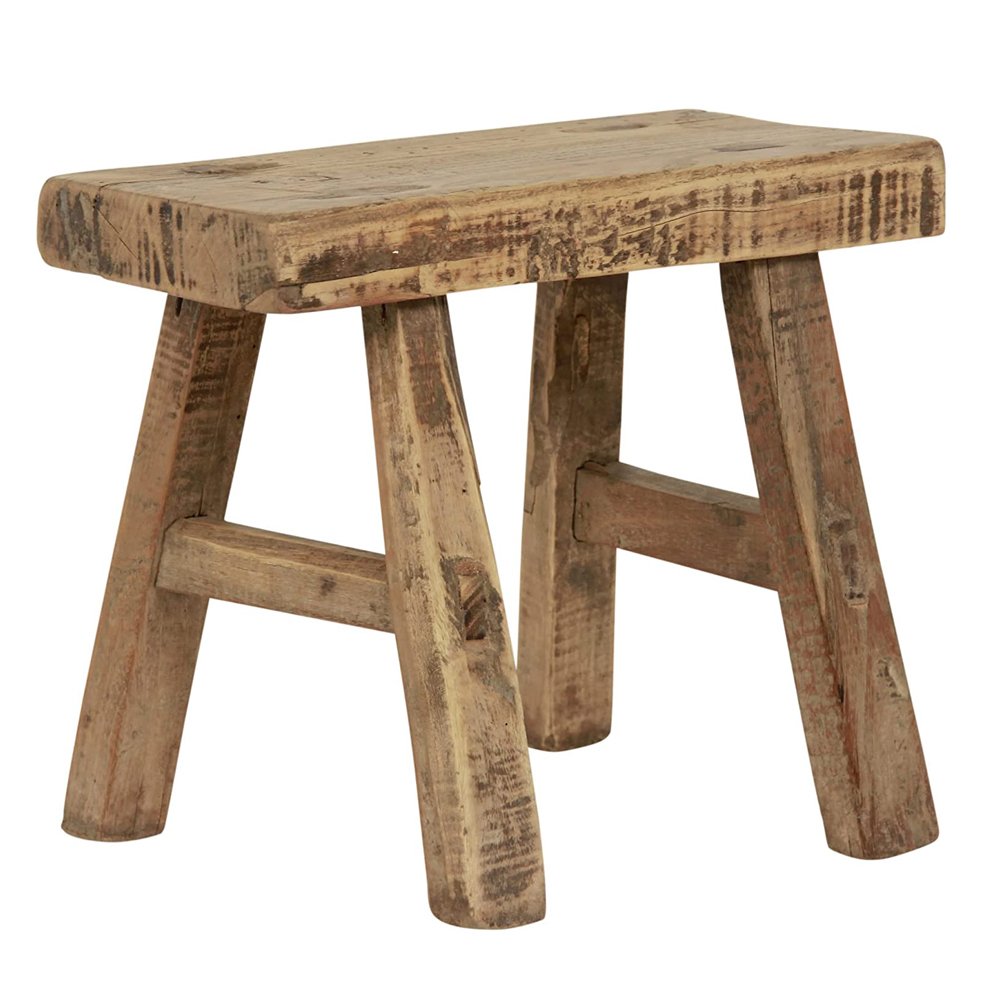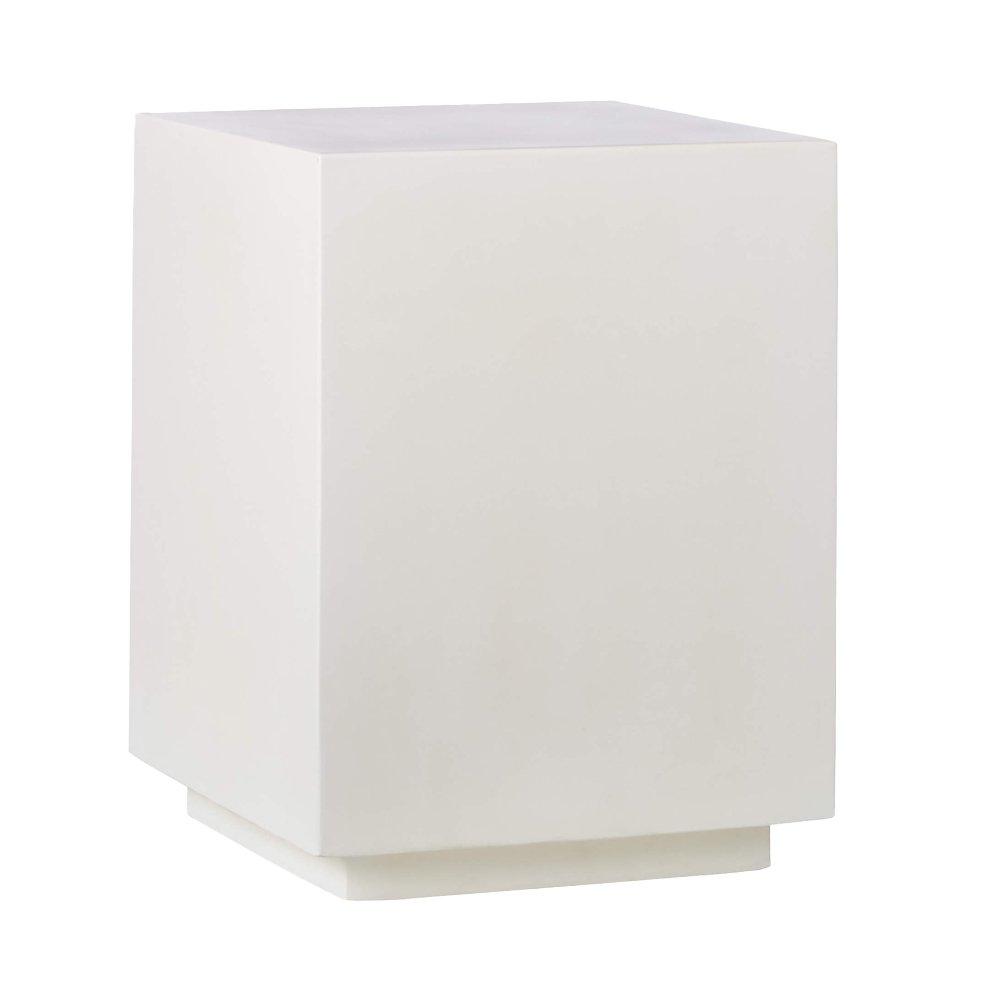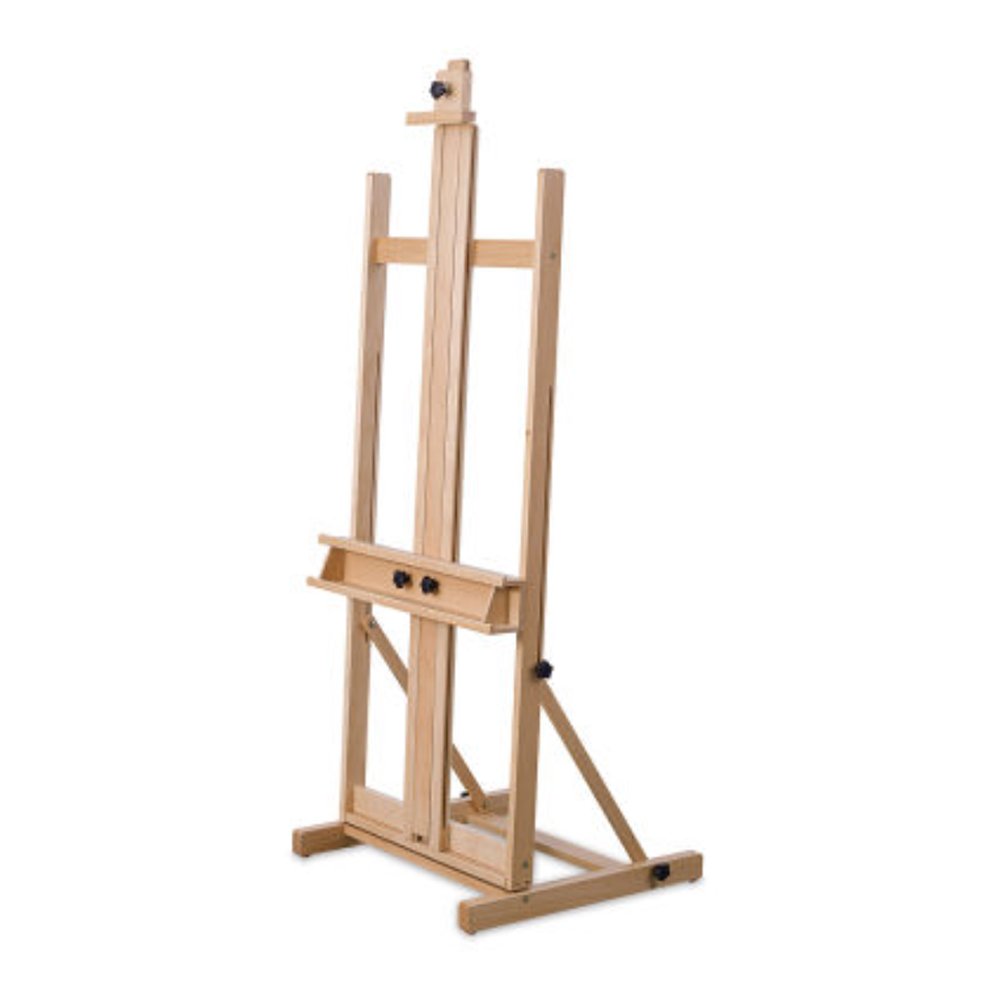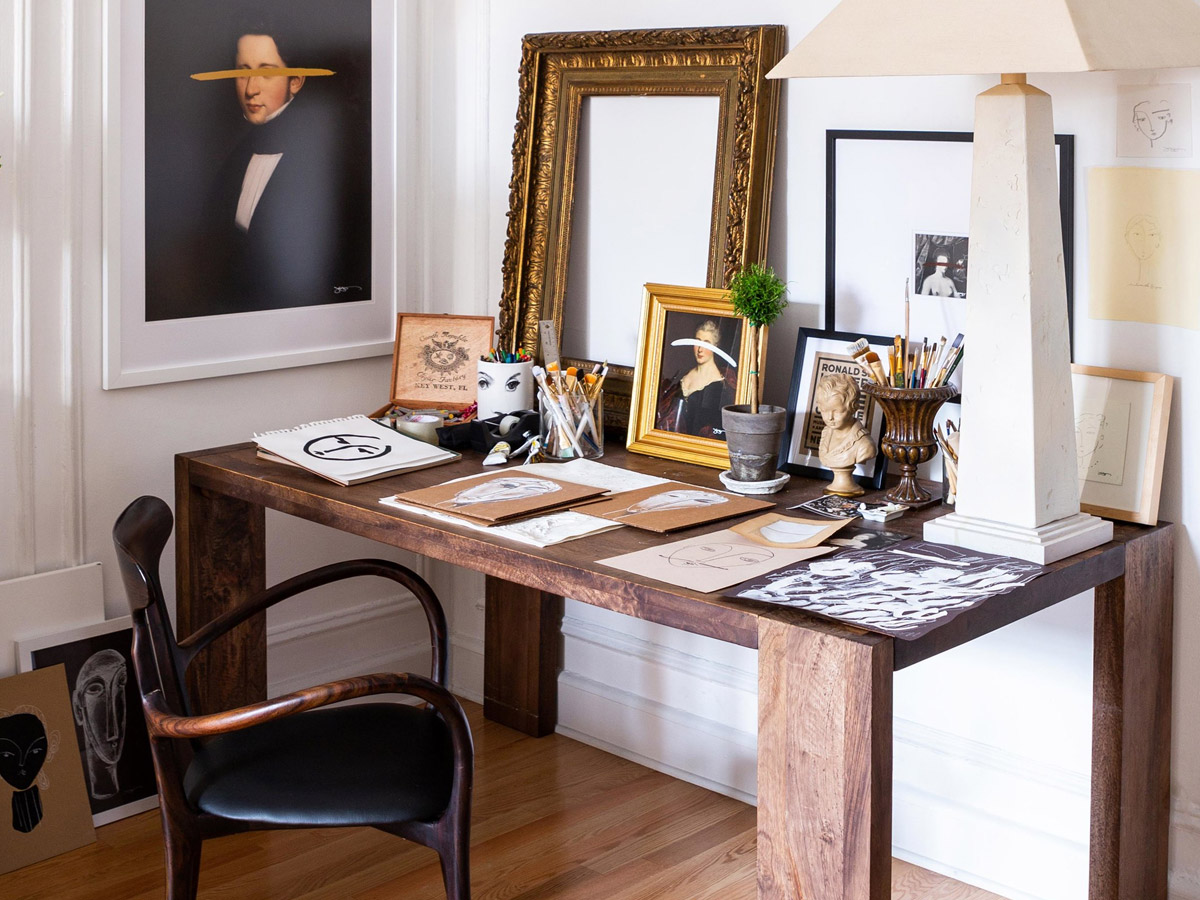McKenzie Dove and Her Birmingham Studio
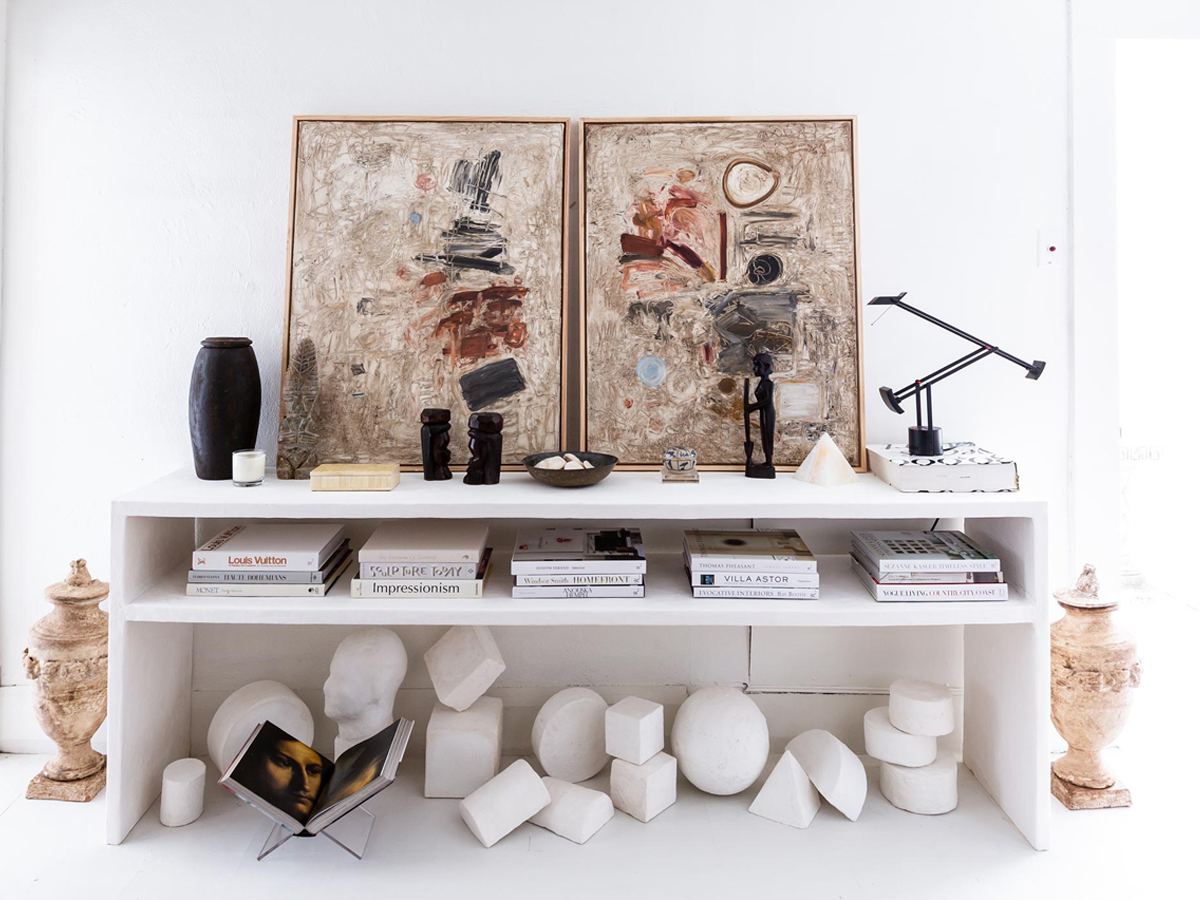
Written by S. Pajot | Photographed by Marta Xochilt Perez | Produced and Art Directed by Michelle Adams
There is a girl riding her horse down Custer Street, in a small town that’s known as the Crossroads of North Texas. Coming to the corner of N. Main Street, the girl tugs on the reins, the horse slows to a stop, and she hops off, takes three steps, and ties her ride to a green pole in a covered stall near the road. As she reaches into a pocket and begins to count change, a voice cracks over the intercom: “Welcome to Sonic! How can I help you?”
Dove had custom drapes made by her friend, Grant Trick, for the studio’s enormous floor-to-ceiling front windows. “They’re the perfect fabric because the light filters through them, so I always have the right light for painting,” she says.
It’s the summer of 2000, and this is an everyday sight. The girl’s name is McKenzie. She has trotted down to the drive-in for a cherry limeade. Next stop: the art store. Then an open field. “I grew up in the country,” McKenzie, now 29, says. “A place called Seymour, Texas, with about 2,500 people, and I would literally ride my horse into town, buy supplies, and go sketch till sunset”—doodling, en plein air, just like her childhood idols, Monet and van Gogh.
Today, she lives and works in Birmingham, Alabama, where she shares a home with her husband, Michael Dove, and spends most of her daylight hours not riding horses, and not sketching in open fields, but painting on the floor of her eponymous studio and gallery. An abstract artist and sculptor who’s been making a living off her work for the last decade, McKenzie Dove moved into her own work space only about a year ago. “I’ve always had a room in my house for painting,” she says. “But once you start doing nine-foot canvases, you can’t really paint at home anymore.”
Dove is entirely self-taught. (“In Seymour, there were no art classes or music classes. It’s just such a small town,” she explains. “I mean, we had a local piano teacher, who I think didn’t really know how to play.”) And she is self-made, too. After her father, a banker, landed a better job with a bigger bank, she and her family moved from rural Texas to the big city—Dallas. She was in her teens, and “it was a culture shock,” she admits. But she soon decided it was time for her own apartment.
“The sketches are something that I’ve always done to work out color and composition on a small scale before I commit to a larger piece, and now they’ve become something that people want to purchase,” Dove says. “A lot of them may never become a painting, but I often do 40 or 50 of them, and it’s a way for people to be a part of the process.”
“I was about 17. I lived with roommates. I started waiting tables, and never went to college,” Dove says. “At the time, I was like, ‘Oh my gosh, I don’t know what I’m going to do with my life.’ But I actually had paintings in the coffee shop around the corner from the restaurant where I worked, and I’d get to know the regulars and sell my paintings.”
I didn’t just become an artist one day; I’ve always made things.
Life was a whirl of tip money, late nights, and freshly finished canvases. “I would get off work, go salsa dancing till two or three in the morning, and then get up the next morning to paint all day, and go back to work,” she recalls. But “then came the first painting that I sold for serious money: this attorney in Dallas called me about a piece that I had listed for $250 or something, and she said, ‘I’m going to buy this painting, but I want you to come here in person, because I want to meet you.’ And I was excited to just have a sale at all, but then she told me, ‘I’m going to give you $1,000 for this piece. You’re not just a coffee-shop artist; I’m a collector, and you’re a real artist.’ That was a turning point for me.”
Since moving into the studio, Dove has finally been able to regularly explore plaster as a medium for her artwork. She has made tables, small-scale geometric sculptures, and semi-figurative busts—even wall-mounted pieces that use plaster shards as their primary material. “I’ve always played with plaster, but it’s so dusty and messy that you can’t really do it in your house,” she says. “You have to really commit to the dust mask and everything.”
Ten years later, and Dove’s lawyer client has proven prophetic. That not-just-a-coffee-shop artist is currently working through a lengthy commission list in her own charming, slate-roofed, Tudor-style storefront studio, and her name hangs in bronze above the door. “Right now, there are six commissions laid out on the floor,” she says. “I’ll typically lay a piece out on the floor, paint it, stand it against a wall, do some detail work, and then I have an area in the back where it can go for four to six weeks to oxidize, so it’s ready to ship.”
Located in Birmingham’s Lakeview neighborhood, a few doors down from an auto shop and across the street from an electric-supply store, Dove’s atelier is straight out of the teenage dreams that she’d had about being a painter like Cy Twombly, or her earlier heroes, Monet and van Gogh. It is a raw yet elegant space that’s flooded with sun. The ceilings are almost preposterously high. And there are enormous floor-to-ceiling windows lining the facade. “I had been looking for a studio for a long time, and it just fit,” she says. “I didn’t have to do much of anything. When I walked in, it was already perfect. It’s white and bright. I need a lot of natural light, and I need a space with some texture.”
I love plaster so much that I want to live in an all-plaster house.
It’s also set up as a gallery, with her latest freshly finished canvases hung in found or handmade frames, an entire wall dedicated to smaller oil-on-paper studies, and geometric plaster sculptures arranged across the top of a plaster table (that, yes, she made). But Dove insists on doing most of her work in the middle of the studio floor. She just pushes aside the antique table, cowhide rug, and whatever other thrift-store or estate-sale finds she’s hauled into the space for inspiration and decoration. “It might be kind of prettied up, but it is still my work space,” she points out.
It’s true that Dove often works on a wall-sized scale, but “I’ve evolved toward painting larger pieces, because of what people want from me,” she explains. “Most of the large paintings that I do are commissions, and my gallery in Tulsa [Exhibit by Aberson] always sells big pieces, because those are big houses with big walls, while in Birmingham, I sell a lot of smaller pieces, because people don’t have a lot of big walls.”
“The studio changes every day, depending on what I’m working on, and because I like to be surrounded by things that inspire me,” Dove says. At any given time, there’s likely to be a potted tree soaking up the light of those floor-to-ceiling windows and earthy curios tossed alongside rough-surfaced urns, classical busts, and a few highly articulated pieces of modernist furniture. “I’m inspired by natural, organic things, like the hide, or fur, or coral, or stone,” she explains. “But then I also love sculptural elements, and I like to have them in the background so I can pull from them.”
The other way in which Dove’s artfully staged studio is always changing: it’s forever being spattered with paint. “I work with painting knives, and I sometimes work quickly, because I usually try to finish a painting in one day,” she says. “So, often, when I’m done, I’ll look back to see that I’ve flung paint clear across the room and there’s just a glob of oil paint on the curtains or something.
“I am constantly making a mess, and constantly cleaning up, only to make a mess again,” Dove laughs. “I guess that’s the life of a real artist.”
Inquire about available works
Get The Look
Our product recommendations may include items from our sponsors and/or contain affiliate links, which means we may earn a commission when purchases are made. Rest assured, every item is genuinely chosen by our editorial team.



